A History of the World in 100 Objects Episodes Available now
- All
- Available now (100)
- Next on (0)
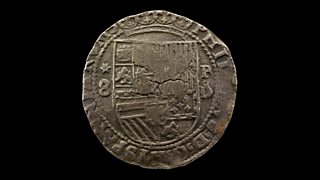
Pieces of eight—The First Global Economy (1450 - 1600 AD)
5/5 Neil MacGregor with the first truly global money - silver pieces of eight.
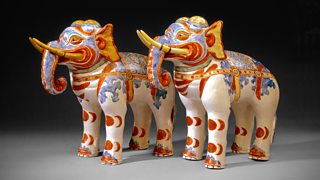
Kakiemon elephants—The First Global Economy (1450 - 1600 AD)
4/5 Neil MacGregor with porcelain white elephants from Japan.
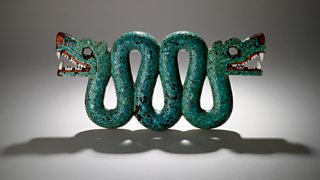
Double-headed serpent—The First Global Economy (1450 - 1600 AD)
3/5 Neil MacGregor with one of the stars of the British Museum - an Aztec serpent

Benin plaque - the Oba with Europeans—The First Global Economy (1450 - 1600 AD)
2/5 Neil MacGregor with some of the best examples of African art, the great plaques of Benin.
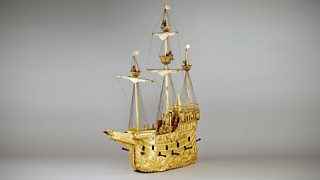
The mechanical galleon—The First Global Economy (1450 - 1600 AD)
1/5 Neil Macgregor with a clockwork galleon designed for a grand dinner table.

Durer's Rhinoceros—The Threshold of the Modern World (1375-1550 AD)
5/5 Neil MacGregor with Durer's extraordinary image of a rhino - an animal he had never seen.
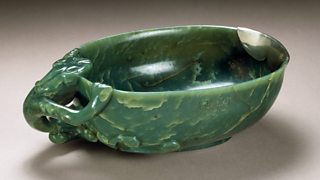
Jade dragon cup—The Threshold of the Modern World (1375-1550 AD)
4/5 Neil MacGregor with a jade cup that belonged a great leader of the Timurid Empire.
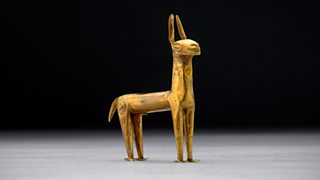
Inca gold llama—The Threshold of the Modern World (1375-1550 AD)
3/5 Neil MacGregor with a model of a llama - the animal behind the Inca Empire.
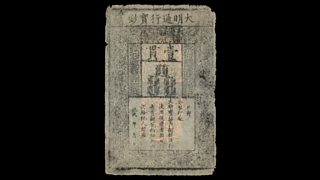
Ming banknote—The Threshold of the Modern World (1375-1550 AD)
2/5 Neil MacGregor with a 14th century bank note - from Ming Dynasty China.
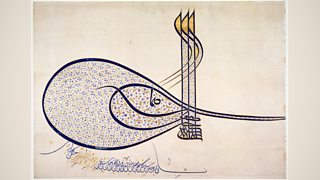
Tughra of Suleiman the Magnificent—The Threshold of the Modern World (1375-1550 AD)
1/5 Neil Macgregor with the personal monogram of Suleyman the Magnificent.
